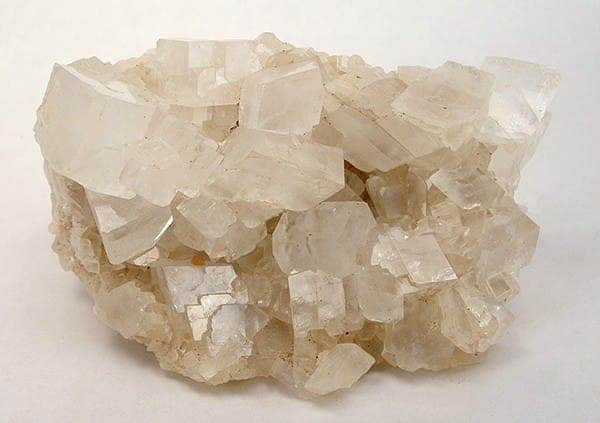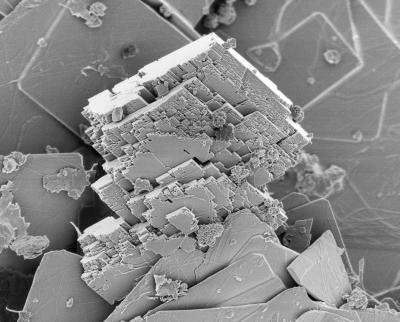Magnesite, a type of magnesium carbonate, could be used to store CO2 from our atmosphere, which could be immensely helpful in our fight against climate change.

The problem with climate change isn’t whether it’s happening or not — we’re way past that point, and there’s a mountain of scientific evidence backing that up. Instead, the discussion should be around how bad things are. We’ve managed to turn the massive wheels of global climate, and it will be immensely difficult to stop them from turning. Even if we would magically stop all our greenhouse gas emissions tomorrow, the climate would still continue to warm up for a period, which is why researchers aren’t only focused on reducing our emissions, but also on finding ways to absorb some of the greenhouse gases we’ve already emitted — particularly, carbon dioxide (CO2).
In a new study, researchers describe a very promising mineral, magnesite, which can store vast quantities of CO2. They also describe a way to speed up its formation — essentially, producing it.
“Our work shows two things,” says project leader, Professor Ian Power from Trent University, Ontario, Canada. “Firstly, we have explained how and how fast magnesite forms naturally. This is a process which takes hundreds to thousands of years in nature at Earth’s surface. The second thing we have done is to demonstrate a pathway which speeds this process up dramatically.”

Power and his colleagues showed that by using small polystyrene balls as a catalyst, the formation of the mineral can be accelerated to 72 days. Furthermore, the plastic spheres can be reused indefinitely, making the entire process cheaper and easier to implement.
“Using microspheres means that we were able to speed up magnesite formation by orders of magnitude. This process takes place at room temperature, meaning that magnesite production is extremely energy efficient,” added Power.
[panel style=”panel-primary” title=”Magnesite” footer=””]This mineral is basically a magnesium carbonate, occurring as an alteration product of magnesium-rich ultramafic rocks, or as veins associated with the same type of rocks.
Magnesite has been found in modern sediments, caves and soils. It typically forms at temperatures around 40 °C (104 °F) and has been used as, among others, a binder in flooring material.[/panel]

It’s really exciting that the crystallization process has been achieved at room temperature, and that it has been so greatly accelerated. Even better, the technology shows promise when it comes to absorbing CO2 — with more CO2 in the air than at any point in the last 800,000 years — we could sure use the extra help. But for now, at least, the process needs to be massively scaled before it can start make a dent in global emissions.
“For now, we recognise that this is an experimental process, and will need to be scaled up before we can be sure that magnesite can be used in carbon sequestration (taking CO2 from the atmosphere and permanently storing it as magnesite). This depends on several variables, including the price of carbon and the refinement of the sequestration technology, but we now know that the science makes it doable”.
Power urges more research in this field. Aside from the economic aspects, there are still some scientific parts which can be worked upon.
In the meantime, different research groups have also found ways to inject and store CO2 into naturally-occurring basalts, but whether or not that process can also be scaled remains to be seen.
Results were presented at the Goldschmidt Conference. The abstract can be openly read online.


